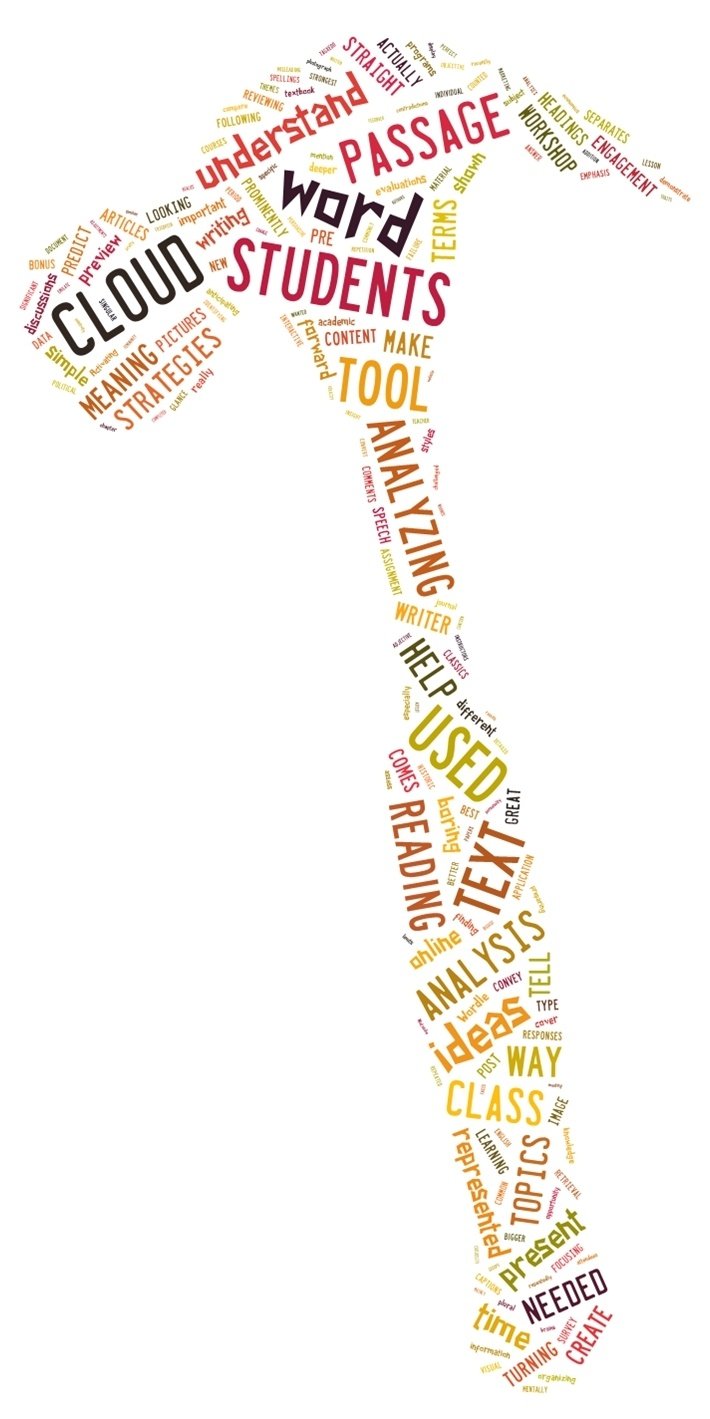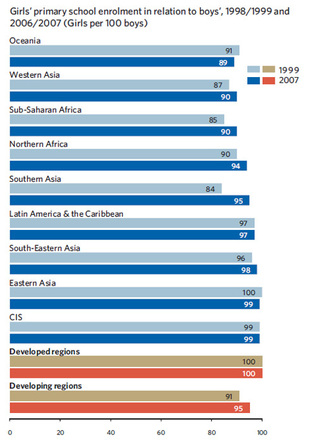
When we as scholars think about the word ’empowerment’ we think “to give power or authority to; authorize, especially by legal or official means” (dictionary). When empowerment is thought of in a colloquial sense it is generally as a means of taking power away from one party and giving it to another. For me, empowerment is about ensuring that all entities in a given situation have equal opportunities to achieve the best possible outcome.
The World System Theory has perpetuated and to some extent encouraged the disparities within and between nations. There are peripheral countries (e.g.- Indonesia, the Phillipines, Malaysia) where the intra-disparities between the population dis-enable the poorer portion of the population to escape the cycle of poverty. “Assets give people the capability to be and to act” Bebbington (1999). One of the most important ‘assets’ so to speak in reducing disparities is education. Education opens an numerable amount of doors for even the poorest of people.

Disparities within nations derive from varying factors such as: ethnicity, parental education, residence, income, employment (informal and formal), as well as land ownership. Disparities in wealth and development across the globe are ever increasing. Education is a key factor in reducing disparities because without it those who are on the disadvantaged side of the equation are unaware of the brutish inequalities that are being bestowed upon them. “Knowledge is power” (Francis Bacon) and power leads to opportunity and survival.
In various developing nations, there is little being done by the government and the locals to lessen the gap between the rich and poor. International agreements such as the Millennium Development Goals (MDGs) have prompted many leaders to ignite change within their given nations. An indirect action of the MDGs is to make the goals a race, the nations that agreed upon it were given a set time in which they had to achieve the goals. The goals benefited the everyone, but nations wanted to prove that their country made the greatest strides to develop their nation as well as develop the world. The intention of the goals implied that first world countries wanted to work with developing and underdeveloped countries to trigger greater development- the creation of the MDGs signified the understanding that developing nations were more than a peripheral vacation spot or a location for cheap labour with relaxed rules/regulations.
An excellent example of where persistent emphasis on education has impacted the growth of a nation and the reduction of disparities would be Rwanda. Rwanda has not only the highest primary school education (96%) net enrollment rate in Africa (being one of the few countries on the continent to have achieved MD goal 2) but it also one of the fastest growing economies in central Africa with one of the highest female parliamentarian representatives in the world at 64% (World Bank).
“Asset acquisition is not a passive act ‘but one that creates agency and is linked to the ‘empowerment of individuals and communities’ (Sen 1997)
References
Ladson-Billings, Gloria. “Just what is critical race theory and what’s it doing in a nice field like education?”. Tandfonline.com. N.p., 2016. Web. 15 Nov. 2016.
Yosso, Tara J. “Whose Culture Has Capital? A Critical Race Theory Discussion Of Community Cultural Wealth”. Tandfonline.com. N.p., 2016. Web. 15 Nov. 2016.
“Evaluate The Effectiveness Of Strategies Designed To Reduce Disparities”. Geography Pods. N.p., 2016. Web. 15 Nov. 2016.
“2. Disparities In Wealth And Development”. The Geographer online. N.p., 2016. Web. 15 Nov. 2016.
Leach, Anna. “Rwanda’s Next Education Challenge: Teacher Training And Employability”. the Guardian. N.p., 2014. Web. 15 Nov. 2016.
King, Elizabeth. “Education Is Fundamental To Development And Growth”. Education. N.p., 2016. Web. 15 Nov. 2016.
Images
Image 1: “Word Clouds In Education: Turn A Toy Into A Tool – Elearning Industry”. eLearning Industry. N.p., 2016. Web. 15 Nov. 2016.
Image 2: “Poverty Reduction”. Thegeographeronline.net. N.p., 2016. Web. 15 Nov. 2016.